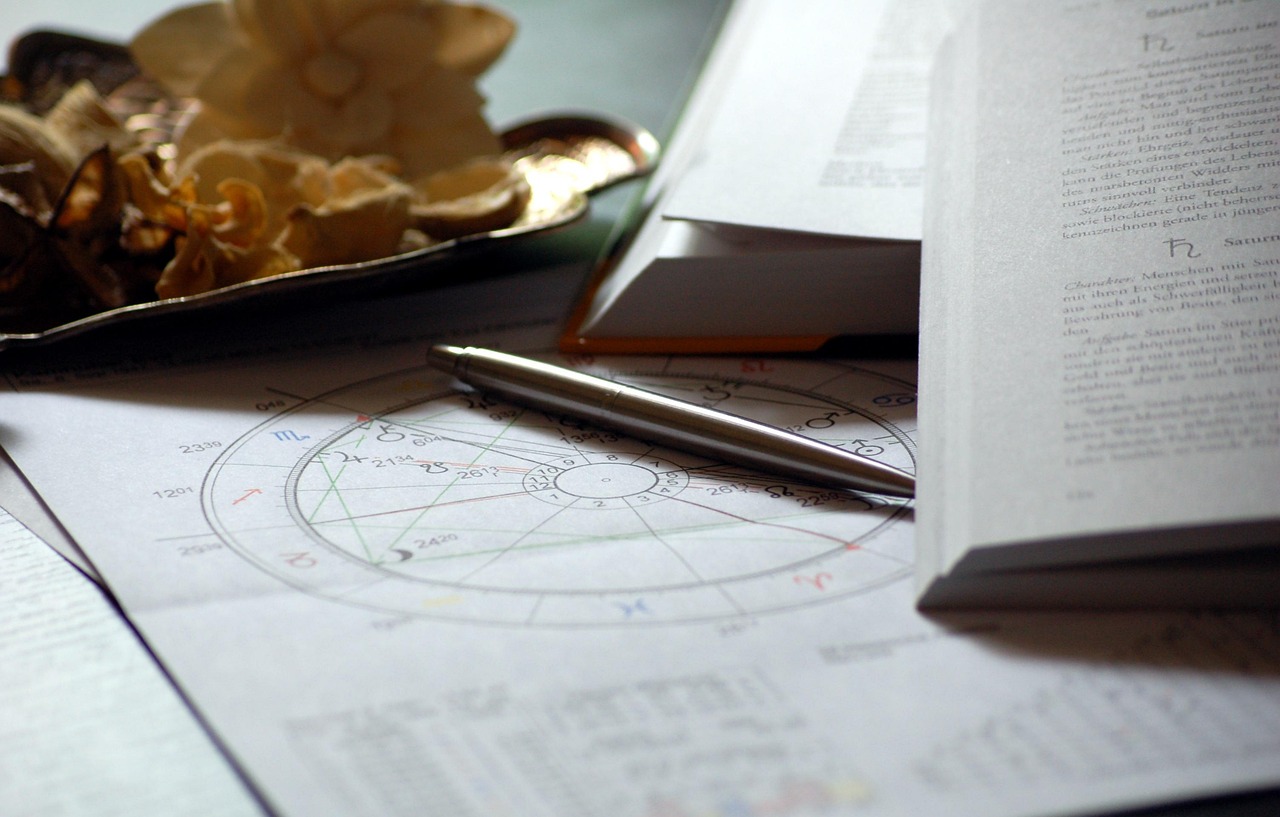
In recent years, the intersection of technology and traditional practices has led to innovative developments across various disciplines. Among these, the emergence of NFT-verified horoscopes has sparked interest and curiosity within tech-savvy communities. This novel application of blockchain technology redefines how astrological content is created, distributed, and authenticated, offering both transparency and exclusivity to its audience.
Non-Fungible Tokens (NFTs) have captured global attention for their ability to represent ownership of unique digital assets on a blockchain. Initially gaining prominence in the art world, NFTs are now being utilized across different industries, including entertainment, gaming, and even finance. The application of NFTs to horoscopes introduces a layer of verification and personalization previously unseen in the realm of astrology.
Traditionally, horoscopes have been widely accessible through various media formats such as newspapers, websites, and mobile applications. However, the authenticity and source of these horoscopes often remain unverifiable, raising questions about their credibility. NFT-verified horoscopes aim to address these issues by leveraging blockchain’s capabilities to ensure the provenance and integrity of astrological content.
By minting horoscopes as NFTs, content creators can establish a verifiable chain of custody and ownership. This process involves the following steps:
- Creation: Astrologers or content creators develop personalized horoscopes, which are then digitized.
- Minting: The digital horoscope is minted as an NFT on a blockchain platform. This step records the horoscope’s details and assigns it a unique identifier.
- Verification: The blockchain’s immutable ledger ensures that the horoscope’s origin and authenticity can be verified by anyone at any time.
- Distribution: The NFT can be sold or transferred, providing a mechanism for both monetization and exclusivity.
The adoption of NFT-verified horoscopes is gaining traction globally, with several platforms emerging to facilitate their creation and exchange. Leading blockchain networks, such as Ethereum and Binance Smart Chain, offer robust infrastructures for minting and managing NFTs, making them popular choices for developers and astrologers alike.
One of the primary benefits of NFT-verified horoscopes is the enhanced personalization they offer. Unlike generic horoscopes, these NFTs can be tailored to an individual’s astrological chart, providing a unique and customized experience. This personalization is further augmented by the ability to include multimedia elements, such as audio or video interpretations, enhancing the overall user experience.
Moreover, the use of NFTs in horoscopes aligns with broader trends of digital ownership and decentralized content distribution. As consumers increasingly seek personalized and exclusive content, NFT-verified horoscopes offer a compelling proposition that aligns with these preferences while ensuring transparency and authenticity.
However, the integration of NFTs into astrology is not without its challenges. The environmental impact of blockchain technologies, particularly those relying on proof-of-work consensus mechanisms, has raised concerns about sustainability. Additionally, the volatility of cryptocurrency markets, which underpin NFT transactions, could pose risks to both creators and consumers.
Despite these challenges, the potential of NFT-verified horoscopes to revolutionize the field of astrology is significant. By combining the ancient practice of astrology with cutting-edge technology, this innovation offers a glimpse into the future of digital content creation and consumption.
As the adoption of NFT-verified horoscopes continues to grow, it will be crucial for stakeholders, including astrologers, developers, and consumers, to engage in dialogues that address these concerns and explore sustainable practices. In doing so, they can ensure that this exciting development remains both innovative and responsible, paving the way for a new era in astrological content.














